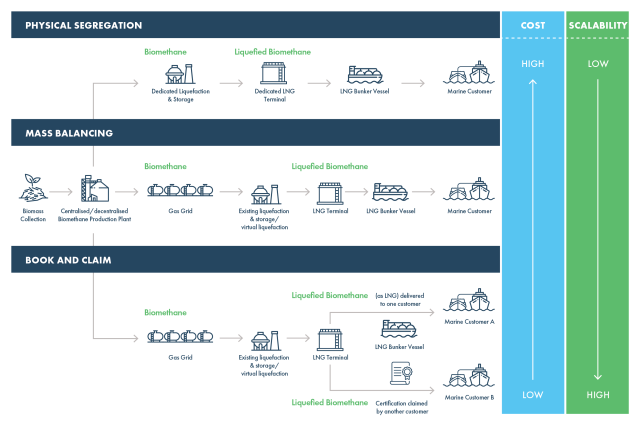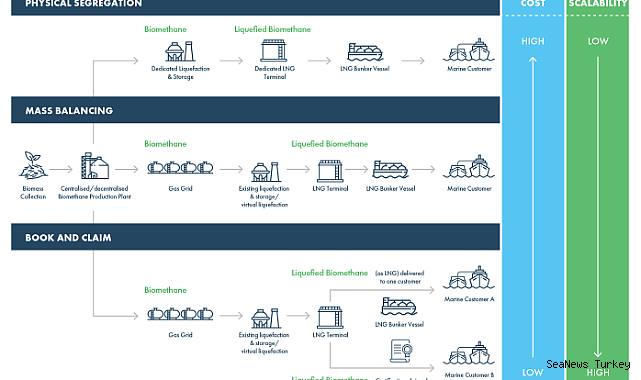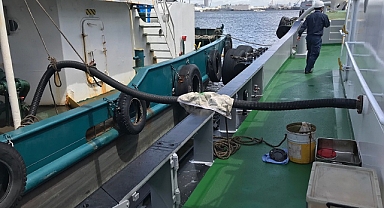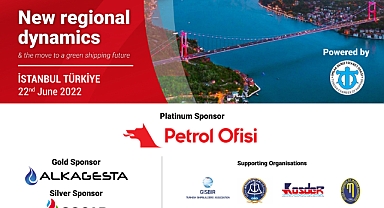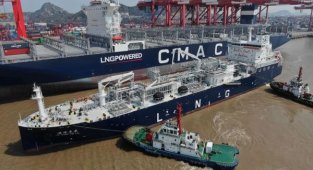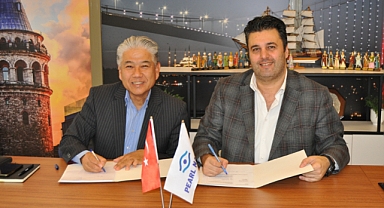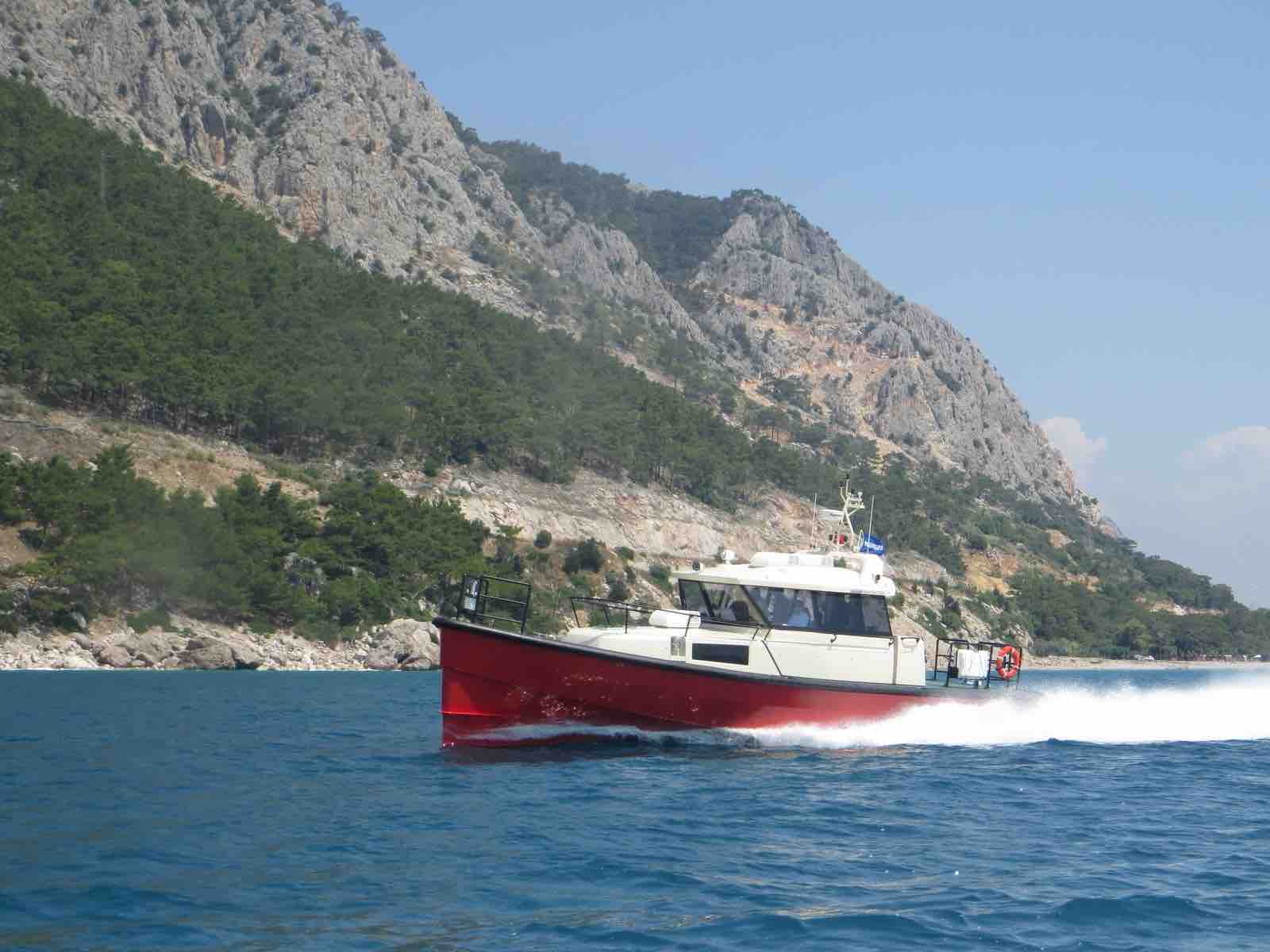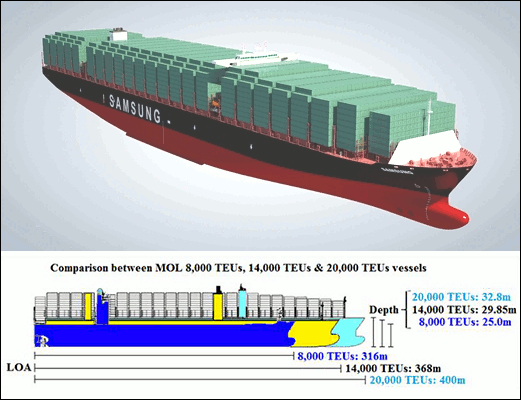LNG: A Growing Pathway to Net Zero Emissions
LONDON, UK – 05 December 2024The maritime industry is making strides towards net zero emissions, with liquefied natural gas (LNG) emerging as a leading alternative fuel. According to industry coalition SEA-LNG, LNG is maturing faster than other options like methanol and ammonia, but further investment is essential to fully realize its potential.
LNG's Role in the Global Fleet
Today, the global fleet consists of approximately 60,000 deep-sea vessels, but only 2,200 are LNG-fueled, including LNG carriers. Around 600 LNG-capable ships are in operation, with another 600 on order. While LNG-fueled ships represent a small fraction of the global fleet, their adoption is accelerating faster than other alternatives, such as the 54 methanol-powered ships and two ammonia-powered ships currently in operation.Peter Keller, Chairman of SEA-LNG, likened LNG’s progress to adolescence, saying: “LNG is maturing rapidly as new orders rise and the fuel pathway, including biomethane and e-methane, gains global acceptance. It offers a low-risk, incremental pathway for decarbonization, starting now.”LNG’s Safety and Maturity
LNG is widely recognized as a safe and reliable fuel. It has been transported for nearly 60 years without major incidents and poses minimal environmental risks. With robust regulations and safety standards already in place, LNG is ahead of most alternative fuels, which Keller described as “toddlers” in terms of maturity.Challenges and Opportunities
Despite its growth, the LNG market still faces challenges. Infrastructure, particularly for bunkering and liquefaction near ports, lags behind the rising demand for LNG-fueled vessels. Keller emphasized the need for more investment in these areas to close the gap between ship orders and fuel supply capabilities.Standardized chain-of-custody models are another critical need. These models ensure transparency in fuel sourcing, verifying low-carbon credentials and building confidence among investors and fuel producers. Keller explained that such models will create a robust market for green fuels and accelerate their adoption.A Promising Future
LNG has seen unprecedented investment in 2024, with high-profile shipowners increasingly choosing it as their fuel of the future. SEA-LNG expects this trend to grow in 2025 and beyond. As the LNG pathway evolves to include biomethane and renewable hydrogen-derived e-methane, it promises to play a pivotal role in shipping’s journey toward decarbonization.Keller concluded: “As LNG matures in the coming years, the environmental benefits will be significant. This pathway is realistic, scalable, and essential for the future of sustainable shipping.”